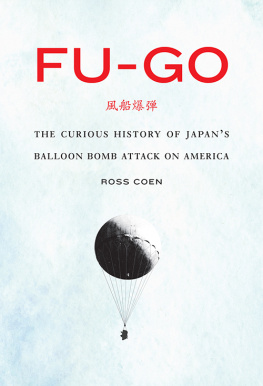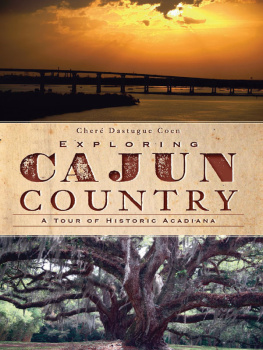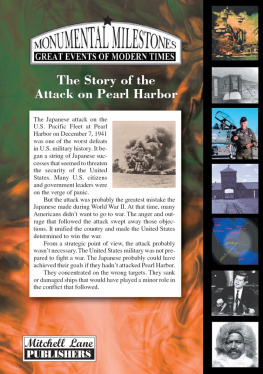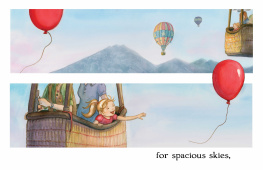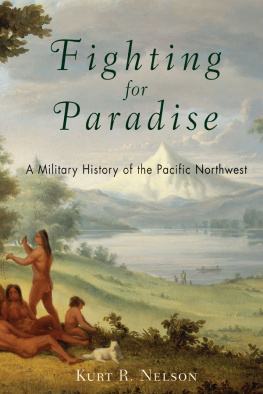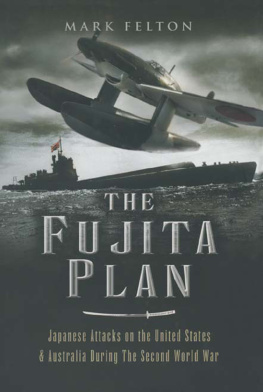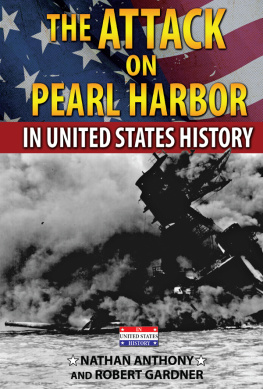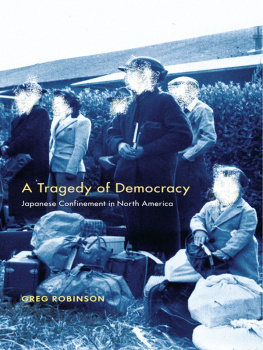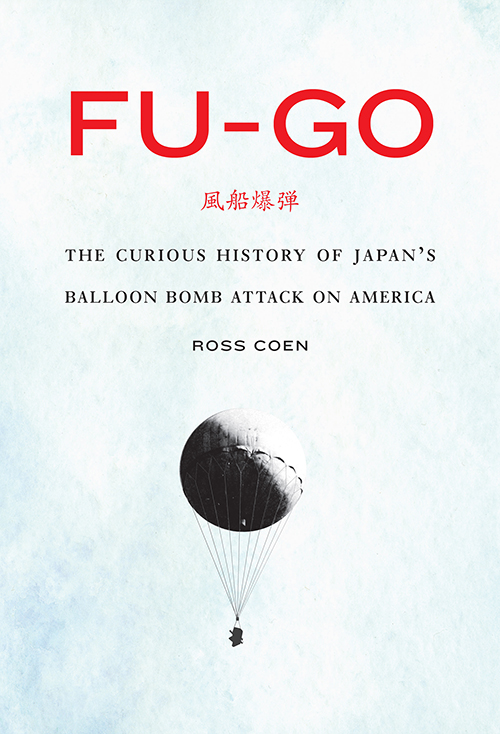
A fascinating and little-known story.
David Sears, author of Such Men as These: The Story of the Navy Pilots Who Flew the Deadly Skies over Korea
Ross Coen has written an extremely well-researched and carefully documented book.
Lee Juillerat, regional editor of the Klamath Falls ( OR ) Herald and News
Fu-go
Studies in War, Society, and the Military
General Editors
Peter Maslowski
University of NebraskaLincoln
David Graff
Kansas State University
Reina Pennington
Norwich University
Editorial Board
DAnn Campbell
Director of Government and Foundation Relations
U.S. Coast Guard Foundation
Mark A. Clodfelter
National War College
Brooks D. Simpson
Arizona State University
Roger J. Spiller
George C. Marshall Professor of Military History
U.S. Army Command and General Staff College (retired)
Timothy H. E. Travers
University of Calgary
Arthur Waldron
Lauder Professor of International Relations
University of Pennsylvania
Fu-go
The Curious History of Japans Balloon Bomb Attack on America
Ross Coen
University of Nebraska Press | Lincoln and London
2014 by the Board of Regents of the University of Nebraska
Chapter 5 was originally published in altered form as If One Should Come Your Way, Shoot It Down: The Alaska Territorial Guard and the Japanese Balloon Bomb Attack of World War II, AlaskaHistory 25 no.2 (Fall 2010), 119.
All rights reserved
Library of Congress Cataloging-in-Publication Data
Coen, Ross Allen.
Fu-go: the curious history of Japans balloon bomb attack on America / Ross Coen.
pages cm. (Studies in war, society, and the military)
Includes bibliographical references and index.
ISBN 978-0-8032-4966-0 (cloth: alk. paper)
ISBN 978-0-8032-5668-2 (epub)
ISBN 978-0-8032-5669-9 (mobi)
ISBN 978-0-8032-5667-5 (pdf)
1. World War, 19391945Aerial operations, Japanese. 2. World War, 19391945BalloonsWest (U.S.) 3. West (U.S.)History18901945. 4. West (U.S.)History, Military. I. Title. II. Title: Curious history of Japans balloon bomb attack on America.
D 792. J 3 C 63 2014
940.54'28dc23
2014023332
The publisher does not have any control over and does not assume any responsibility for author or third-party websites or their content.
Contents
Figures
Maps
Tables
Many friends and colleagues provided assistance in the writing of this book. I thank Mariko de Freytas for translating Japanese texts and for encouraging me to pursue the project when it was new and I did not yet know where the research trail would lead. I owe Leda Hunter a huge debt of gratitude for helping me understand what happened in Bly. For invaluable research assistance I thank Derek Mueller, Katie Breen, John Haile Cloe, Koichi Yoshino, Shunichi Yamamoto, and my dearest friend, Sanae Ohtsu. Thanks to Monique Dolak and Galen Roger Perras of the University of Ottawa, Saori Tachibana and Eddy Harrison at the University of Washingtons East Asia Library, Todd Kepple at Klamath County Museum, Alice Ray and Stevie Ruda at the U.S. Forest Service, Carol Buswell at the National Archives in Seattle, Samira Bozorgi and Vishnu Jani at Stanford Universitys Hoover Institution, Rose Speranza at the Elmer E. Rasmuson Library at the University of Alaska Fairbanks, Angela Linn and Mareca Guthrie at the University of Alaska Museum of the North, Sarah DAurelio at Library and Archives Canada in Ottawa, Steve Henrikson at the Alaska State Museum in Juneau, Mathias Joost at the Canadian National Defence Headquarters Directorate of History and Heritage, and Jeff Noakes, Carol Reid, and Susan Ross at the Canadian War Museum in Ottawa. At the University of Nebraska Press I thank Bridget Barry, Sabrina Ehmke Sergeant, and the reviewers of the manuscript. I thank Dixon Jones at the University of Alaska Fairbanks for producing the terrific maps of Alaska, Canada, and the western United States that appear in the book. For providing me with the opportunity to deliver public lectures on the topic I thank Suellyn Novak at the Alaska Veterans Museum, Barbara Lando and Cynthia Steiner at Osher Lifelong Learning Institute, and the Alaska Historical Society, especially Pat and Frank Roppel, Jo Antonson, and Jim Ducker.
Fu-go
Forest Service 34, a one-lane gravel road known to locals as the Dairy Creek Road, runs north by northeast from the small lumber town of Bly, Oregon, through cattle pasture dotted with juniper trees and outcroppings of basalt rock to the rising slopes of Gearhart Mountain twelve miles away. Straddling the border between Klamath and Lake Counties in south-central Oregon, the volcanic peak features long, sloping ridges at lower elevations and craggy cliffs near its 8,364-foot summit. On a clear day from the top, visitors can see hundreds of miles to other peaks up and down the Cascades. The mountains dry pine forest features old-growth white fir and ponderosa and lodgepole pines, while open meadows with aspen and wildflowers dot the upper elevations of the peak. Deer, elk, coyote, black bear, and mountain lion, as well as dozens of species of birds, inhabit the mountain. The profusion of rainbow and brook trout in the many streams of the lower slopes make the area a popular destination for fishermen, especially from nearby Bly.
It was to those streams that the Reverend Archie Mitchell, on the bright, sunny morning of Saturday, May 5, 1945, took his wife and five children from his Sunday school class for a picnic lunch and a day of fishing. The tall, lanky, bespectacled Mitchell was the new pastor of the Christian and Missionary Alliance Church in Bly. His wife Elsie was five months pregnant with their first child. Having accepted the pastorate in Bly just two weeks before, the Mitchells looked forward to introducing themselves to the community. Archie was especially keen to become acquainted with the children in his congregation. Joining the Mitchells that day were Dick Patzke, fourteen, his sister Joan Patzke, thirteen, Jay Gifford, thirteen, Edward Engen, thirteen, and Sherman Shoemaker, eleven. Elsie had baked a chocolate cake for the trip and wondered if she would be able to keep up with the youngsters, the pregnancy often leaving her quite ill.
With Archie at the wheel of his sedan, the group headed up the Dairy Creek Road to the forest on the southern face of Gearhart Mountain. The bright sun and warm springtime temperatures had melted the snow at the mountains lower elevations, turning the gravel road into a slippery, slushy, pot-holed mess. A few miles up the slope, just short of a muddy stream called Leonard Creek, Mitchell encountered a Forest Service crew extracting a road grader that had become bogged down in the slush and mud the day before. Richard Barnhouse, the crew foreman, cautioned Mitchell against driving any farther up the snow-covered road.
Archie turned the car around and parked at a narrow pullout back down the road. The children immediately jumped out and ran down the slope toward the creek. Elsie, by then feeling a bit carsick and eager to get some fresh air, hurried after to keep an eye on them. Joan Patzke trailed behind the boys, her attention drawn to a large, dull-gray object resting on a knoll above the creek. She called to the others to come have a look.
Archie was by this time collecting the picnic basket and fishing poles from the trunk of the car. He glanced up and saw his wife and the children, some fifty yards away, standing in a tight circle looking down at something on the ground.
Look what we found, Elsie called out to her husband. It looks like some kind of balloon. One of the children reached down to pick up the object from the ground. Archie turned to shout a warning.
Next page
